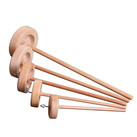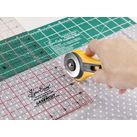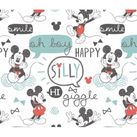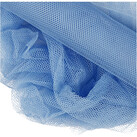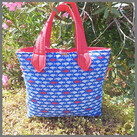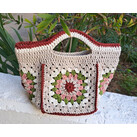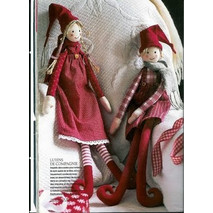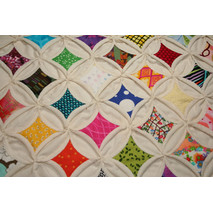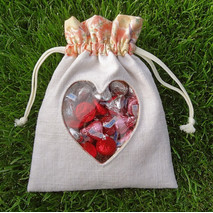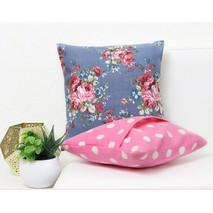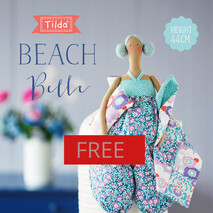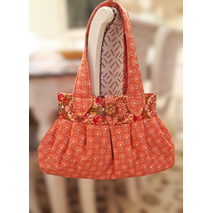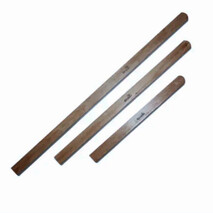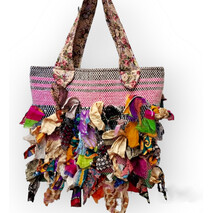Το μυστικό για να πετύχουμε την σωστή δομή της υφασμάτινης τσάντας ειναι η σωστή ενίσχυση.
Στο video αυτό βλέπουμε οτι με τον συνδυασμό 2 ενισχύσεων S320 & H640 θα πετύχουμε ενα στητό αλλα και συγχρόνως εύχρηστο και μαλακό κορμό τσάντας.
S320 & H640 θα δείτε εδώ:
https://www.loom-wool.gr/ufasma/vates-enishuseis-v...
Combining Interfacings for bag-making
is key to creating the right structure in handmade fabric bags. Often,
we're using fabrics that were designed for drape or softness, and we
need to make them have rigidity or at least a bit more body. For flexible (rather than rigid) structure, the combination of interfacing and wadding can be the answer.
Sometimes this means that you'll be spending at least as much money on your interfacings as you have on your fabric. It really is worth the investment
if you don't want to cheapen the look of your good fabric by using
inferior support materials. (You can tart up cheap fabric with good
interfacing and you can equally ruin good fabric with bad interfacing - the fabric takes on the properties of the support).
Through many trials and errors, I've learned a few interfacing combinations that work for me. I'd really recommend that you
try a few as well - the more you test, the more you'll understand, and
the better your ability to guess the likely outcome of any interfacing
choice in the future.
When
I want to add a bit of extra body to quilting weight cotton fabric, I
use the combination of either medium-light or medium-heavy interfacing
and light fusible wadding. The interfacing is fused in place first,
followed by the wadding.
When in doubt, test both combinations on the same fabric....
You'll see and feel the difference and be able to choose which you prefer.
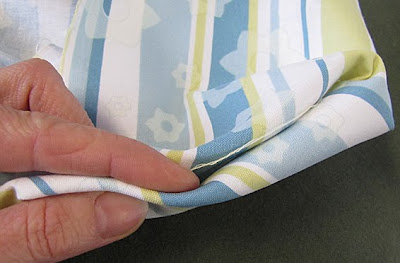 You may prefer the stand-up structure of the heavier (640) fusible
wadding - combined with either of the above interfacings, and you may
choose different interfacing combinations for different components of
the same bag.
You may prefer the stand-up structure of the heavier (640) fusible
wadding - combined with either of the above interfacings, and you may
choose different interfacing combinations for different components of
the same bag.Medium-light interfacing and light wadding on the strap, Vilene S320 (no wadding) on the facing and medium-light interfacing on the o-ring loops.
































